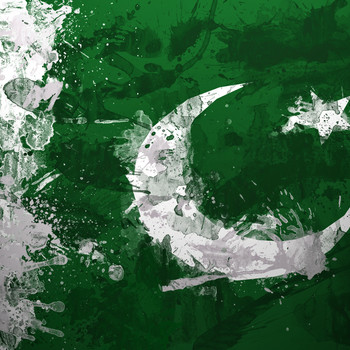Question #3c34b
1 Answer
Jan 23, 2018
There are
Explanation:
Human gastrointestinal tract contains
Here is brief overview of each of them:
- Upper esophageal sphincter or hypopharyngeal sphincter:
It is present at the base of pharynx and directs the entry of food into the oesophagus. - Lower esophageal sphincter or cardiac sphincter:
It is present at the junction of oesophagus and stomach . When the sphincter muscles contract the entrance to the stomach closes and thus prevents acidic contents of stomach from moving back to oesophagus. When the sphincter muscles relax then bolus of food drops down the stomach through this opening.
 )
) - Pyloric sphincter:
It is situated at the junction of stomach's pylorus and first part of the small intestine i.e duodenum. This sphincter remains closed before the walls of the stomach thoroughly mix up the food with gastric juices and convert it into chyme. After that sphincter opens up and chyme dribble into small intestine.
 )
) - Ileocecal sphincter:
The last part of small intestine i.e ileum and first part of large intestine i.e cecum joins at ileocecal valve. Ileocecal valve has circular ring of muscles called ileocecal sphincter. The contraction and relaxation of these muscles guide the entry of stuff from large intestine into small intestine.
 )
) - Internal anal sphincter:
It is present at the junction of inferior end of urinary bladder and proximal parts of urethra. It surrounds the inner portion of the anal canal and it is made up of smooth muscles. This sphincter is involuntary which means it's not under our conscious control. - External anal sphincter:
It's muscle encircles the inner surface of anal canal. It is made up of skeletal striated muscles. So it is voluntary which means it's under a conscious control. As long as it is contracted the urinary bladder hold the urine while the relaxation of its muscles causes the urine to remove from the body.
 )
)
Hope it helps...

